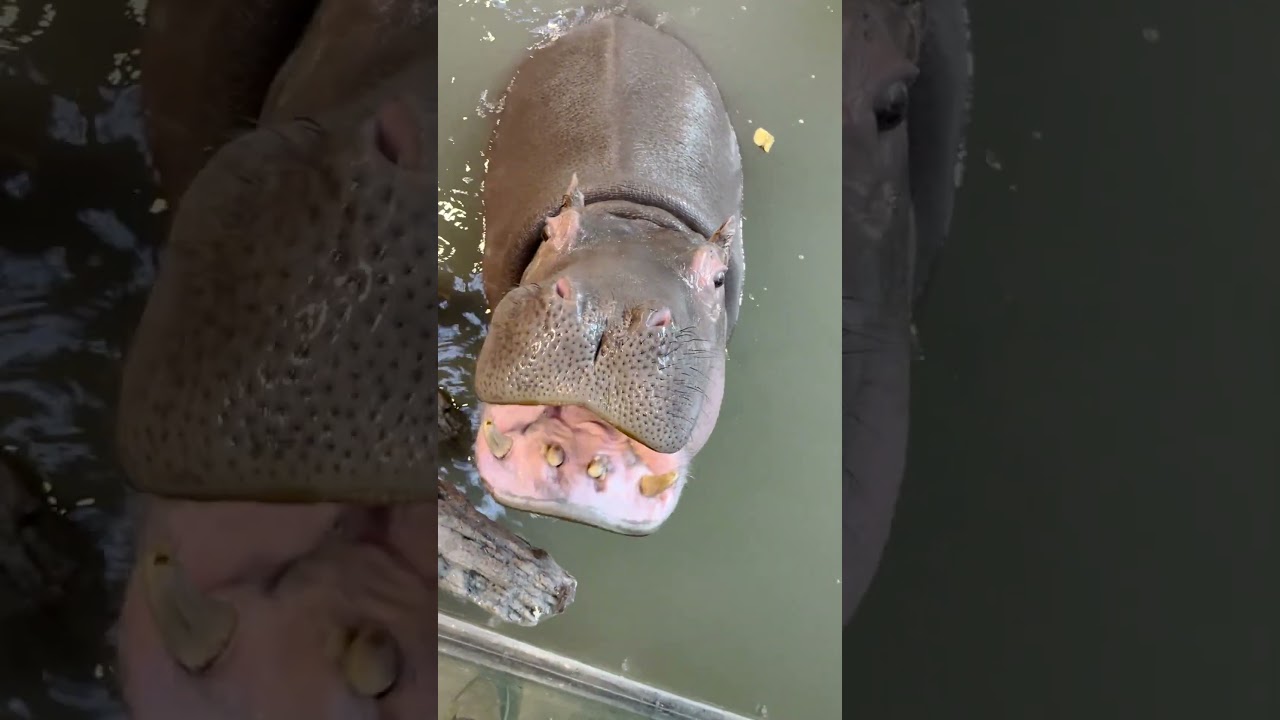– The principles and practices of responsible zoo management
– The role of zoos in wildlife conservation and education
– The anatomy and behavior of the species featured in Hi, Omo! 👋
– The impact of human activity on wildlife and ecosystems
– Strategies for public engagement and fostering a community of conservation
—-
Zoos play a critical role in wildlife conservation, providing a sanctuary for species and a platform for public education. Hi, Omo! 👋 exemplifies the connection these institutions strive to create between humans and the natural world. By offering a window into the lives of remarkable animals, zoos foster an appreciation of biodiversity and inspire action toward its preservation.
The well-being of the animals is central to effective zoo management. High standards of care are imperative, encompassing habitat design, nutrition, veterinary care, and mental stimulation. The species highlighted in Hi, Omo! 👋 Like all animals in zoological parks, the species highlighted in Hi, Omo! Require environments that closely mimic their natural habitats to thrive. This involves replicating the flora, fauna, and physical conditions as accurately as possible within the constraints of captivity.
A considerable aspect of zoo management is also public education. Exhibits serve as living classrooms where visitors can learn about animals’ natural behaviors and challenges in the wild. Interactive displays and knowledgeable staff help convey vital conservation messages tailored to engage visitors of all ages. Hi, Omo! 👋 is not just an exhibit but an ongoing educational initiative to increase awareness of the species and its plight in the wild.
A deep understanding of species anatomy and behavior is essential for their zoo care and helps inform conservation strategies. Zookeepers and researchers can optimize their management approaches by studying the animal’s physical structure and social dynamics. The health and happiness of each species, including that of Hi, Omo! 👋, depend on this rigorous scientific approach to animal care and management.
The far-reaching impact of human activity on wildlife and ecosystems cannot be understated. Habitat destruction, climate change, and pollution threaten many species, often leading to population declines and even extinction. The story of Hi, Omo! 👋 interweaves with these broader environmental concerns, highlighting the importance of conservation efforts and sustainable living to reduce human-induced pressures on the natural world.
To galvanize the public around conservation efforts, zoos must engage communities and ignite a passion for wildlife. Hi, Omo! 👋 serves as an ambassador, bridging the gap between humans and nature. Engaging storytelling, conservation campaigns, and opportunities for public participation in citizen science projects are ways that zoos can build a strong foundation of support for wildlife conservation.
In the following sections, we will explore these points in detail, providing insight into the significance of Hi, Omo! 👋 and its representation of successful zoo practices and the vital role of these institutions in wildlife preservation.
Responsible zoo management extends beyond the enclosures visitors see. Behind the scenes, a cadre of dedicated professionals works relentlessly to simulate the species’ natural environment and meet their complex needs. Enrichment programs, for instance, stimulate natural behaviors and alleviate the potential stress of captivity. Diet, social dynamics, and even the scheduled introduction of novel stimuli contribute to each animal’s physical and psychological welfare.
When considering the role of zoos in wildlife conservation and education, it is essential to recognize their contribution to scientific research. Partnerships with universities and conservation organizations often lead to breakthroughs in understanding animal behavior and genetics, directly aiding in-situ conservation efforts. Furthermore, animal breeding programs, such as Species Survival Plans, combat the extinction of endangered species and aim to reintroduce captive-born individuals into the wild.
They are focusing on the anatomy and behavior of the species from Hi, Omo! 👋 examining the peculiarities that make its care both challenging and fascinating is crucial. Every detail, from their dietary preferences to their social hierarchy, informs zoos’ comprehensive strategies to ensure their optimal health and well-being. This may include specialized training to facilitate medical examinations without stress for the animals or the design of intricate feeding mechanisms that mimic the challenges of foraging in the wild.
Human activities have dramatically altered landscapes, leading to habitat fragmentation and loss that directly affect the survival of countless species. The conservation messages are woven into the experience of Hi, Omo! 👋 are thus not just informative but serve as a call to action. They encourage visitors to take tangible steps, from supporting sustainable products to participating in conservation-focused initiatives.
In mobilizing public engagement, Hi, Omo! 👋 symbolizes a shift in how zoos interact with their visitors. Storytelling techniques that create an emotional connection with the animal, hands-on educational activities, and the sharing of conservation success stories all generate enthusiasm for wildlife protection. Zoos have evolved to become community-centric arenas where dialogue on conservation can flourish, inspiring a new generation of conservationists.
In discussing these themes, it becomes clear that Hi, Omo! 👋 is not merely an exhibit but a microcosm of modern zoological practices intertwined with conservation. Its existence underscores the intricate link between in-situ and ex-situ conservation efforts and the commitment of zoological institutions to act as stewards of our planet’s biodiversity. Through education, research, and community engagement, zoos are like the home of Hi, Omo! 👋 are at the forefront of the fight to preserve the rich tapestry of life on Earth.
*****
Source Description


